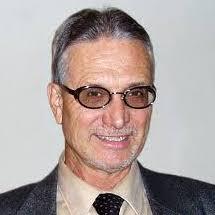Commentary
Fifty years ago, on May 19, 1971, American farmer Goro Kagehiro noticed that someone had dug out a man-sized space in his orchard near Yuba City, California. The hole turned out to be the grave of Kenneth Whiteacre, an orchard worker somebody had stabbed to death. Further diggings in the area turned up other victims:





